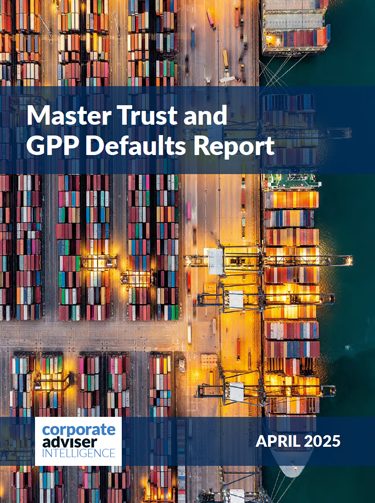An additional 1.6m more people risk poverty in retirement due to rising living costs, according to the latest report from Scottish Widows.
Overall it found that 15.3m now face poverty in retirement — up from 13.7m the year before. The report also found that two fifths (39 per cent) of the adults in the UK aren’t on track to afford a ‘minimum’ lifestyle in retirement — according to the Pension and Lifetime Savings Association’s (PLSA) living standards. This is also an increase on last year’s figures.
This worsening picture comes despite pension savings levels increasing in the last 12 months. Projected retirement income has increased from £15,000 to £17,200 a year — but this has failed to keep pace with living costs. The PLSA estimates that a minimum retirement lifestyle would cost a single person outside London £14,000 a year in today’s money – excluding housing costs – leaving retirees with minimal funds after basic living costs.
The report also found that across the population, as many as half (50 per cent) know they aren’t saving enough for retirement, with certain key groups facing particularly poor outcomes.
This includes younger ‘generation Z’ savers in their 20s, low to middle earners in their 30s and the self-employers.
The report highlights the specific challenges facing these groups. It points out that Gen Z savers are primarily relying on DC pensions through their employer but competing financial goals, particularly when it comes to saving for house deposits makes this challenges. Under Scottish Widows national retirement forecast it estates that 42 per cent of those in their 20s risk poverty in retirement and only 23 per cent will be able to afford a minimum retirement lifestyle.
The report adds that auto-enrolment has resulted in millions of people saving for the future, but the default contribution rate leaves minimum savers vulnerable. Squeezed low to middle earners — on an income between £20,000 and £35,000 and in their 30s — are mostly likely (46 per cent) to contribute the minimum 8 per cent.
Scottish Widows says this group faces a 60 per cent income drop in retirement on average, with 70 per cent seeing their income halved. Amid financial pressures, 60 per cent of people in their 30s know they aren’t saving enough, and 30 per cent don’t save.
The report also looks at the retirement prospects of the UK’s 4.39m self-employed workers who are outside AE, leaving many with poor retirement outcomes. Over half (51 per cent) are at risk of not being able to cover their basic needs in retirement and just 25 per cent are on track for a minimum retirement lifestyle. Two in five (39 per cent) self-employed workers believe they aren’t saving enough for retirement, with 23 per cent not saving anything at all.
Scottish Widows head of pensions policy Pete Glancy says: “Our research couldn’t be more timely, spelling out just how crucial targeted measures are in preventing millions from living in retirement poverty in the coming years.
“The second phase of the Government’s Pensions Review must be broad enough to take a holistic view on people’s financial journey through life considering wide-ranging financial goals. There are three key areas that must be addressed urgently: auto-enrolment, self-employed contribution rates and housing, considering both home ownership and affordable housing.
“For now, the challenge is helping people make the most of what they have. It is essential to ensure people feel financially empowered to make informed decisions and take proactive steps for their future – with a strong sense of financial independence playing a key role.”





